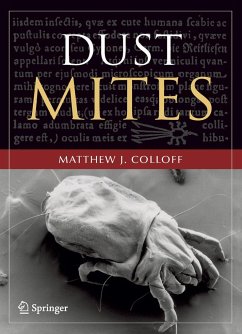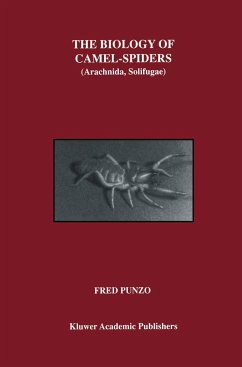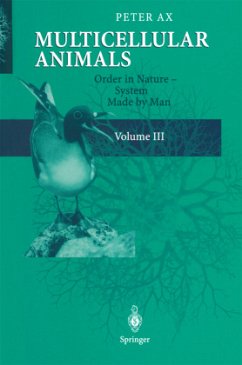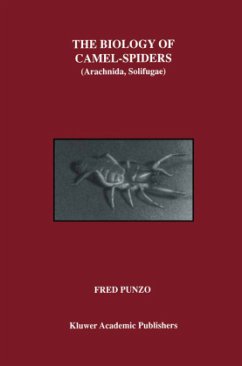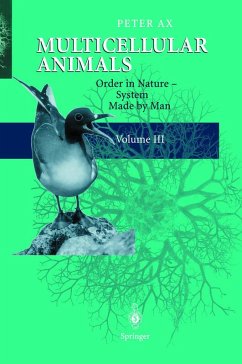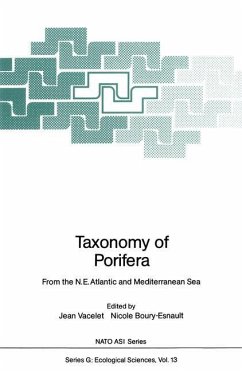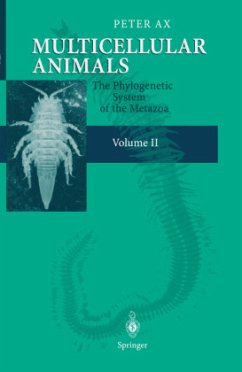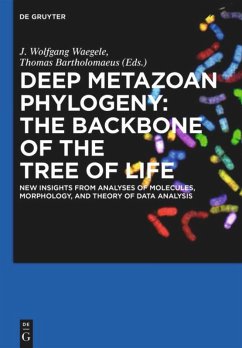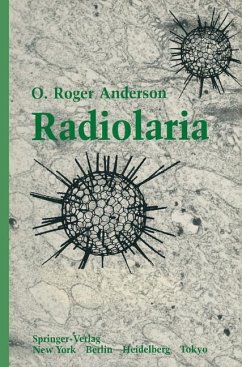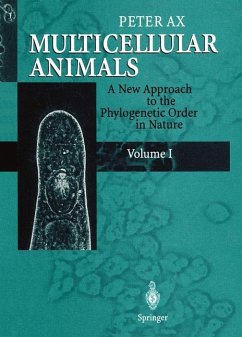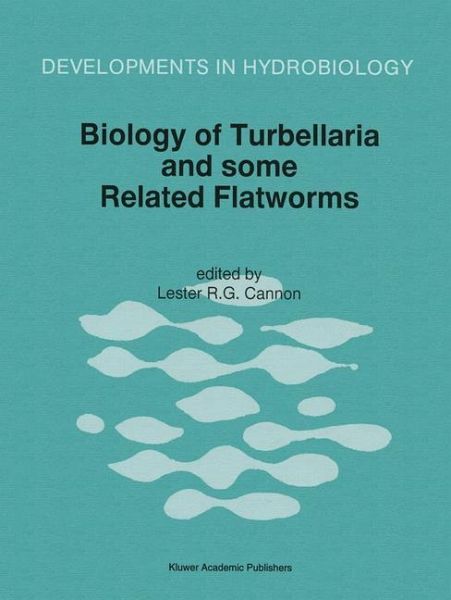
Biology of Turbellaria and some Related Flatworms
Proceedings of the Seventh International Symposium on the Biology of the Turbellaria, held at Åbo/Turku, Finland, 17-22 June 1993
Herausgegeben von Cannon, Lester R.G.

PAYBACK Punkte
20 °P sammeln!
Turbellaria, the mainly free-living flatworms, and some of their parasitic relatives, are among the simplest of the metazoa and, as such, provide ideal models for a wide range of fundamental studies. The 60 contributions to Biology of Turbellaria and some Related Flatworms cover taxonomy and phylogeny, biogeography and genetics, ecology and behaviour, Anatomy and ultrastructure, development and regeneration, genes and sequences, and neurophysiology. Biology of Turbellaria and some Related Flatworms is the most recent compilation in the series published in Hydrobiologia since 1981, covering re...
Turbellaria, the mainly free-living flatworms, and some of their parasitic relatives, are among the simplest of the metazoa and, as such, provide ideal models for a wide range of fundamental studies.
The 60 contributions to Biology of Turbellaria and some Related Flatworms cover taxonomy and phylogeny, biogeography and genetics, ecology and behaviour, Anatomy and ultrastructure, development and regeneration, genes and sequences, and neurophysiology. Biology of Turbellaria and some Related Flatworms is the most recent compilation in the series published in Hydrobiologia since 1981, covering research on these flatworms assembled by the world's leading authorities on the group.
Audience: These papers present the advanced student and serious researcher with up to date information on an important, but often neglected group whose place in the animal kingdom demands greater attention.
The 60 contributions to Biology of Turbellaria and some Related Flatworms cover taxonomy and phylogeny, biogeography and genetics, ecology and behaviour, Anatomy and ultrastructure, development and regeneration, genes and sequences, and neurophysiology. Biology of Turbellaria and some Related Flatworms is the most recent compilation in the series published in Hydrobiologia since 1981, covering research on these flatworms assembled by the world's leading authorities on the group.
Audience: These papers present the advanced student and serious researcher with up to date information on an important, but often neglected group whose place in the animal kingdom demands greater attention.




